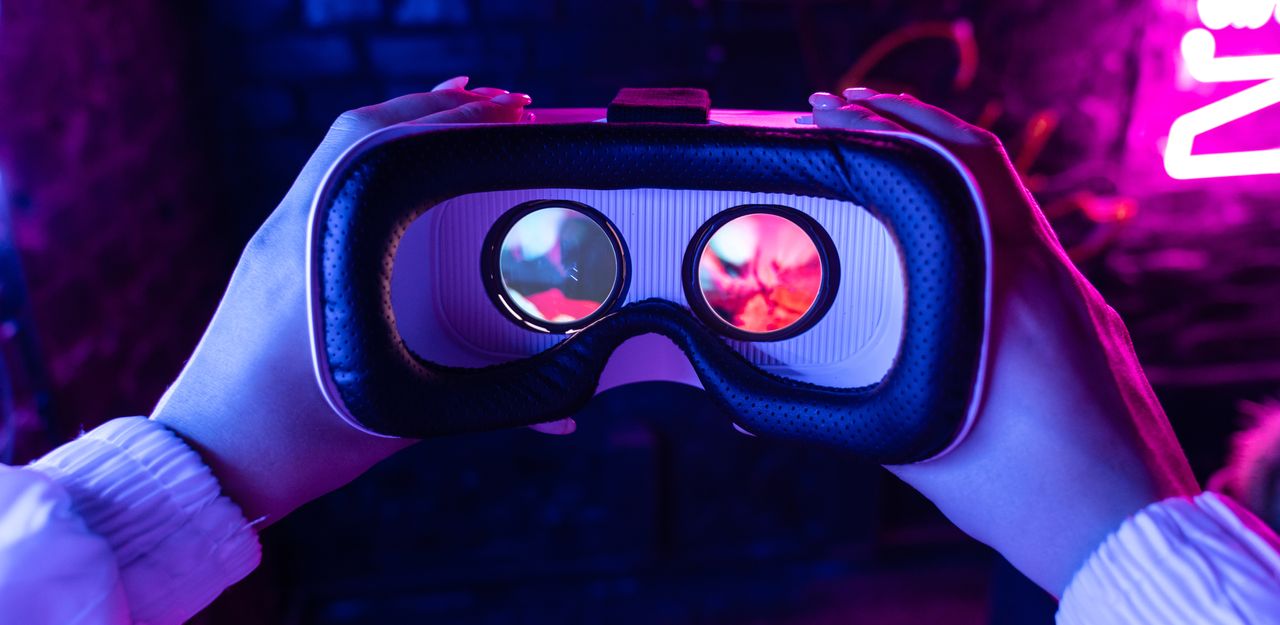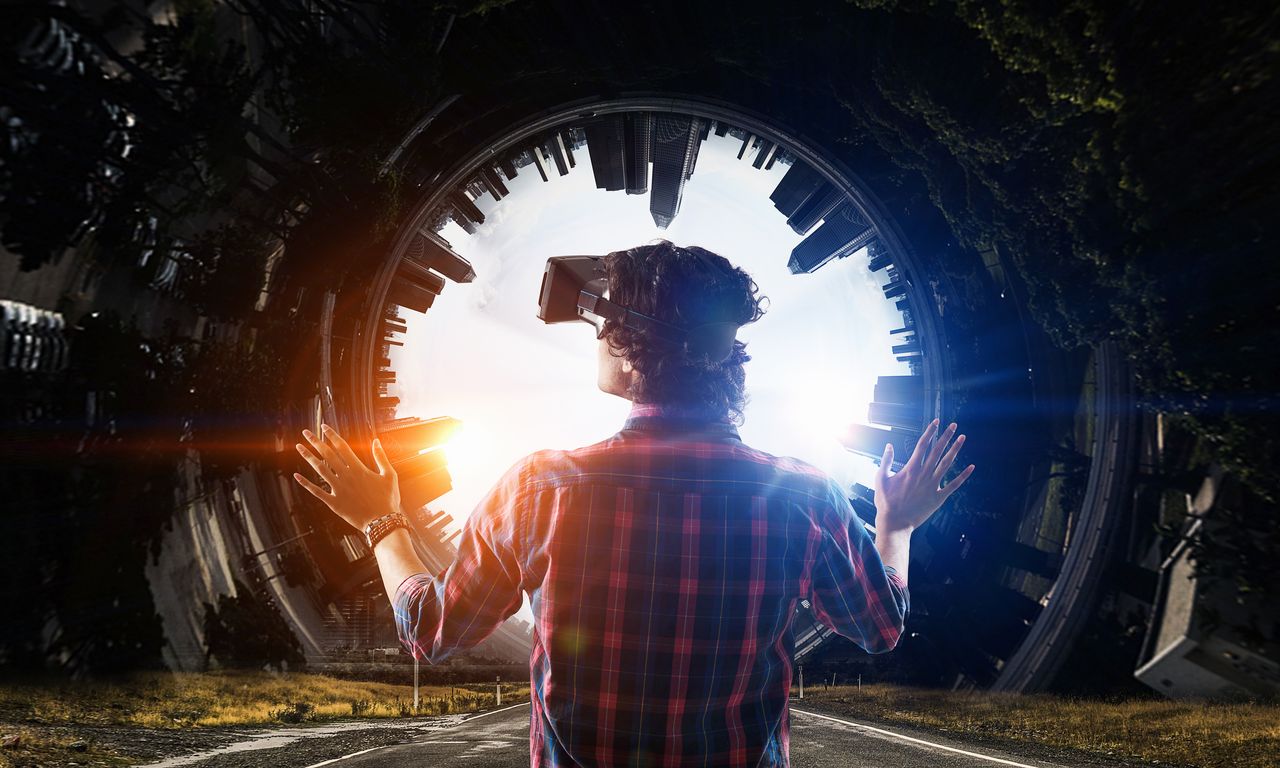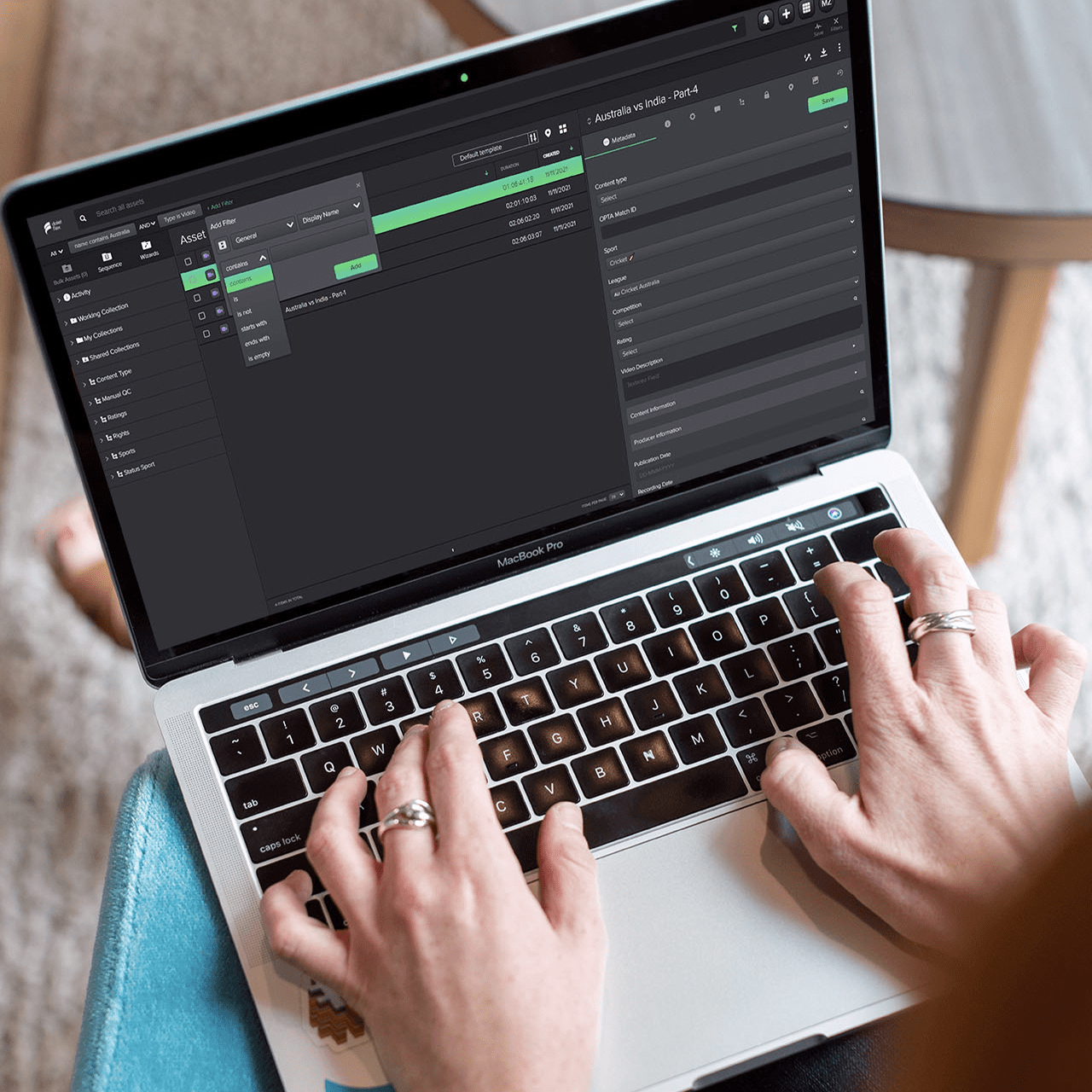There is a new world emerging in front of us, and this realm of infinite possibilities has been a work-in-progress for nearly three decades. The year is 2020 and I haven’t changed out of my pajama pants in days. The outside world is quiet tonight, pandemic lockdown in full swing as it has been for months. Physically, I’m located in my home office. At the same time, I’m at Burning Man with thousands of others from all over the world. I’m staring up at the sky alive from horizon to horizon with the works of American digital and multimedia artist, Android Jones. His imagery born from fantasy and psychedelic inspirations ebb and flow to the heart-pounding metal riffs of Samskara. Wired Magazine described the Virtual Burning Man experience as “…massive, but it’s also insular, so the artists came flocking. People who had never worked in VR shared CAD designs for art installations they’d built at past festivals; VR artists created psychedelic environments that fit right into the festival’s 10 founding principles. A Burner and a digital artist, Android Jones brought his trippy 360 piece Samskara into a dome environment so attendees could lie on the ground and let the visuals wash over them.”

In a way, Burning Man’s virtual reality counterpart represents the promise of the metaverse—a unique opportunity for redefining content production and distribution.
Has VR’s Moment Arrived at Last?
Virtual Reality (VR) is far more accessible than it has ever been, thanks largely to Meta’s innovative, standalone Oculus Quest line of headsets. A recent Statista report shows that users spent 71% more time using VR in 2020 alone due to the coronavirus pandemic and subsequent lockdowns. These numbers have only increased throughout 2021 as more and more curious and eager-to-get-away people enter the metaverse, even though the metaverse concept is nothing new. In fact, it turns thirty this year. Neal Stephenson coined the term in his 1992 novel Snowcrash, but the concept goes back even further to William Gibson’s critically acclaimed 1984 cyberpunk novel Neuromancer. The title also gave life to the terms “cyberspace” and “the Matrix.”

Get a Second Life: From Early Steps to Christmas Craze
Just 5 years ago if you wanted to get into VR, you needed an expensive gaming PC, a high-end graphics card, and an equally costly headset. The pre-VR attempts of virtual environments such as the popular escapist haven, Second Life, promised a multiverse in which users could own virtual property , attend concerts, go to art shows, and more, provided your hardware had the power and punch to deliver. Many times, it didn’t.
The demands needed for a positive VR experience were upheaved in 2018 when Meta (then Facebook) released the Oculus Quest, catalyzing a paradigm shift. For the first time, all you had to do to enter the metaverse was power up a headset, secure it on your head, and boom, you were jacked into the ‘verse like one of Neuromancer’s console cowboys. The following year, Meta released the Quest 2 with a lower price tag and superior onboard tech. According to the Verge, Meta is reported to have sold 10 million Oculus Quest headsets in 2021 alone, and there’s plenty for people to see and do in the metaverse.
You Want Content? Oh, I Got Your Content…
Virtual Reality content and experiences are becoming increasingly more available and range from animation, to films, and to even the channels themselves that are used for distribution. Felix and Paul Studios, EMMY-award winning immersive content creators are at the cutting edge. The small studio has collaborated with the likes of NASA, SpaceX, President Barack Obama and Michelle Obama to create all original 360-degree video series that include “The Space Explorers” and “Traveling While Black.”

Streaming giant Netflix released their original VR app in 2015, and is still available for all modern headsets. Netflix stands apart from YouTube by placing you in a wilderness lodge with a big screen TV where you can dim the virtual lights and enjoy all of your favorite Netflix series and movies while simultaneously feeling like you are getting away from your everyday reality. Similar to Netflix, Amazon Prime VR provides access to award-winning Amazon Originals, popular movies, hit TV shows, channel subscriptions, and a modest and growing library of immersive virtual reality content, all optimized for the virtual home theater.
The YouTube VR app launched in 2016 and has continued to capitalize on its ever-expanding library of 180 and 360 degree videos, perfectly suited for headset viewing. Recently, the company has turned their eyes toward the content creators, providing a variety of resources as a means of encouraging creators to explore the VR space. Users can find workshops, labs, and downloadable templates on YouTube VR.
New Opportunities for Non-Media Companies to Shine
Entertainment isn’t the only industry experimenting with content distribution in metaverse channels. Take for example, Hyundai, who launched a virtual showroom in VR featuring popular and new car models on display where you can even change the colors of the cars in the showroom and watch slick, promotional videos; and Audi who, with the help of Dalet Flex, created a Le Mans VR Experience, putting its viewers in the Pit Lane as part of the crew. It’s not inconceivable that automotive manufacturers may someday evolve these experiences to suit prospective car buyers, providing hands-on previews of vehicles without the buyers having to leave their sofa. Then comes along the fast paced fitness app, Supernatural, mentioned previously, places your trainer (via green-screen recorded 3D video) right into your workout environment.

With so much new content being created and distributed—3D video trainers, docuseries, and virtual show rooms—creators will need ways to efficiently deliver to their consumers to stay relevant. Managing and monetizing archives of valuable content will become essential to not be left behind the curve. Dalet provides in Dalet Flex a scalable platform offering the tools for producing, packaging, and distributing content with both relevant metadata and reliable asset management. Think of it as an open and extensible “Media Factory.” The workflows created before and after the launching of these digital worlds provide the means for even non-media companies to become pro-level content creators!
The Future’s So Bright, I’ve Gotta Wear (VR/XR) Shades
The future of the metaverse is bright, indeed. It’s not just a buzz word and the fact that the term itself nearly defies description speaks of its potential for distributing content in incredible ways. The metaverse can, should, and likely will forever change the way content is distributed and with it the very creative process itself. Whole worlds have already been forged from the pixel up. Worlds await where you can experience films, fitness, live music, art, history, and technology with friends and strangers alike. These are worlds where the lines between reality and the simulation blur.

“The Medium is the Message” is a quote from Canadian communication theorist Marshall McLuhany that became the unofficial slogan of the Internet in its formative years. And much the same can be said for the metaverse — the channel is the content. We at Dalet are firm believers in the power of innovation and intend to support content creators, owners, and distributors in this New Frontier.

Featured in: Content Distribution | Content Production | Dalet Flex | Media Asset Management | Metadata | Metaverse | Multimedia Content | Multimedia Production | Virtual Reality |
Guest blogger Phil Rossi is a professional business analyst, author, musician, digital content creator, and virtual reality evangelist. Over the last two decades, he has written several novels including two Amazon best-sellers and has produced multiple successful podcasts. Phil is passionate about the intersection between art and technology and the opportunities that it creates for story-telling.
More Articles By Phil


